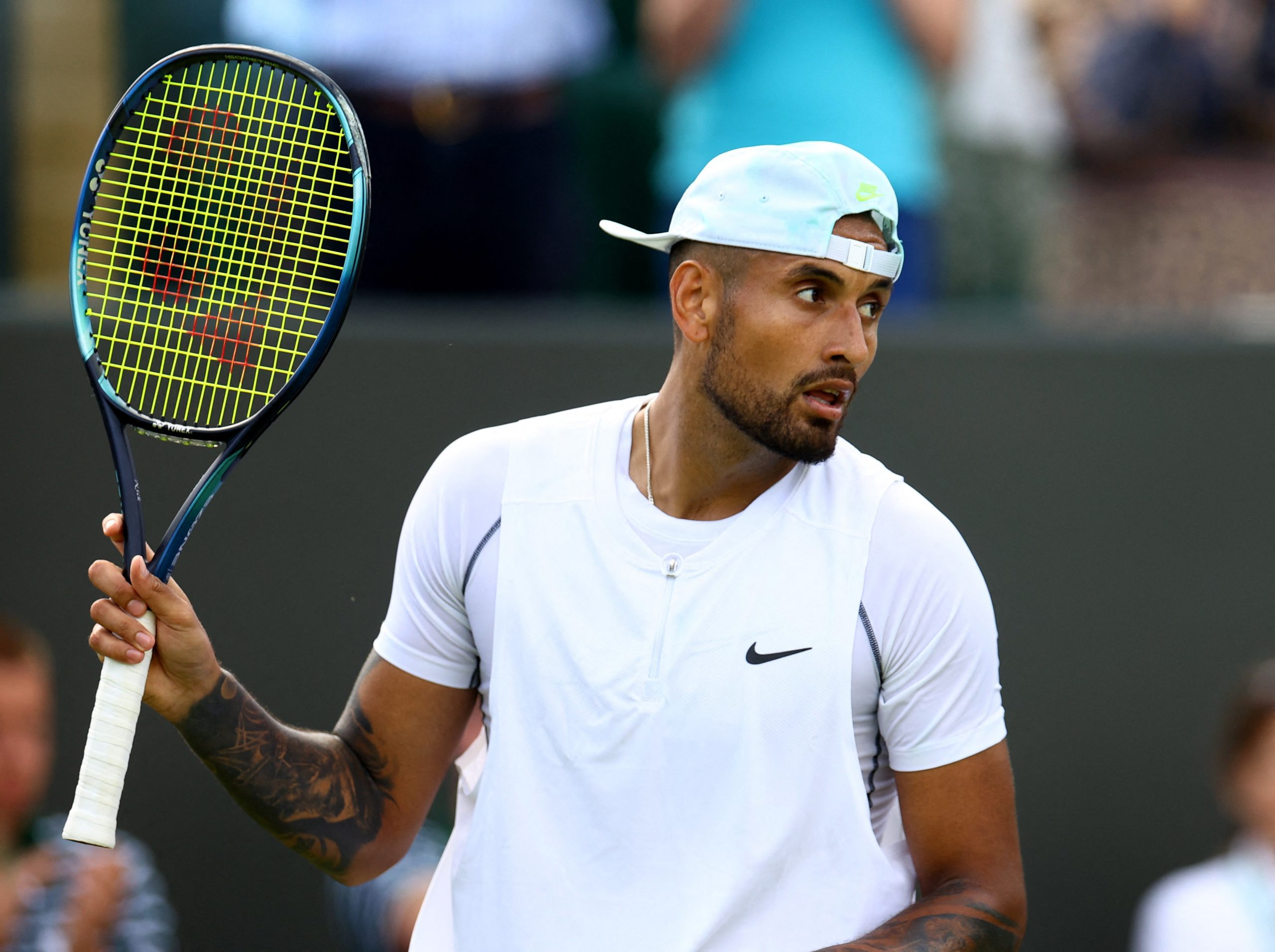It’s okay to admit you messed up. Looking to punish Wimbledon and assert their own power, the two major tennis tours (ATP and WTA) stripped all players of their ability to defend and earn ranking points at the prestigious tournament this year. Affect Wimbledon, they did not. It simply didn’t work.
Despite a massive controversy over banning Russian and Belarussian players, Wimbledon pulled in a record-setting revenue this year– and did so even before the tournament took place. Thanks in some part to the headline-grabbing Nick Kyrgios with this electrifying brand of tennis, television and streaming ratings for the event were sky high. While some fans might be miffed, Wimbledon has lost exactly zero of its luster and power. It will return in 2023 stronger and more well-positioned than ever.
In fact, in a case of there’s no such thing as bad publicity, Wimbledon 2022 was considerably more talked about, written about in the media and generally buzzed about than last year’s event, due to this very controversy.
It may not have even been Wimbledon’s decision to ban the players in the first place. It may well have been the British government that tied Wimbledon’s hands. And the British government could not care less about professional tennis players’ ranking points because it has far bigger fish to fry. Bottom Line for the ATP and WTA: Mission not accomplished.
Why does Wimbledon not have ranking points?
One thing the ATP and WTA did accomplish in stripping Wimbledon ranking points was to hurt its members, the very players they (ostensibly) sought to protect.
As to why they did it, in the face of a Grand Slam unilaterally moving to implement a change, it appears to have been an attempt by the tours to affirm influence in the sport’s fractured power structure. The decision ended up being disproportionately unfair to a broad spectrum of professional players.
Why did Djokovic drop in the rankings?
While the tours’ decision to withhold ranking points affected many lower and mid-level players, one of the most notable sufferers was none other than 7-time Wimbledon Champion Novak Djokovic. The Serbian superstar wasn’t able to defend his victory from last year and consequently lost 2000 points, dropping him from 2 to 7 in the world. Ask yourself: Is Novak Djokovic the seventh-best player in the world right now? It’s nonsensical. The ATP has plundered its own system– and for what?
But it’s not all about the stars. Take the case of Swiss player Viktorija Golubic. She achieved a career-high singles ranking of 35 in late February of this year. Last year, she had made the quarterfinals of Wimbledon. Not being able to defend those points, in just a few short months, she’s now out of the top 100 at #104. Ajla Tomljanovic made the quarterfinals of Wimbledon in both 2021 and 2022. Out of the top 50, her ranking now stands at 68.
And oh by the way, some Russian players like Aryna Sabalenka and Karen Khachanov also still very much suffered from not being able to defend their Wimbledon points as well. So this move accomplished nothing.
What to do next?
The solution for the rankings destruction is simple: Give points to the players who could not play.
Let’s say you have a big group of kids on a playground, each with a fun ball to throw around. Then let’s say a villain shows up and steals the balls away from 10 of the kids. Is the solution to take away all the kids’ balls? No. It’s to simply give back balls to the kids who had them stolen.
Why does this have to be so complicated? While various convoluted solutions have been proposed involving freezes and half-points, this idea is really the most intuitive and fair. Players like Djokovic who rightfully earned points at Wimbledon this year should keep their points. Players who were not able to compete at Wimbledon this year due to the Russia/Belarus ban could simply keep their points from last year, or– because some people insist on getting fancy– develop a simple algorithm to award a basket of points based on performance in 2022.
I freely admit this idea will never happen because so often, good ideas either don’t get implemented in professional sports or take a virtual eternity to happen.
Still, it can be food for thought if a similar controversy arises again.
If there’s one bright spot in this whole unfair affair, it’s that at least the tours worked together. The ATP and WTA have said they want to do more to project a united front in tennis, and this certainly was an example of that, even if it was the wrong thing to do.
















